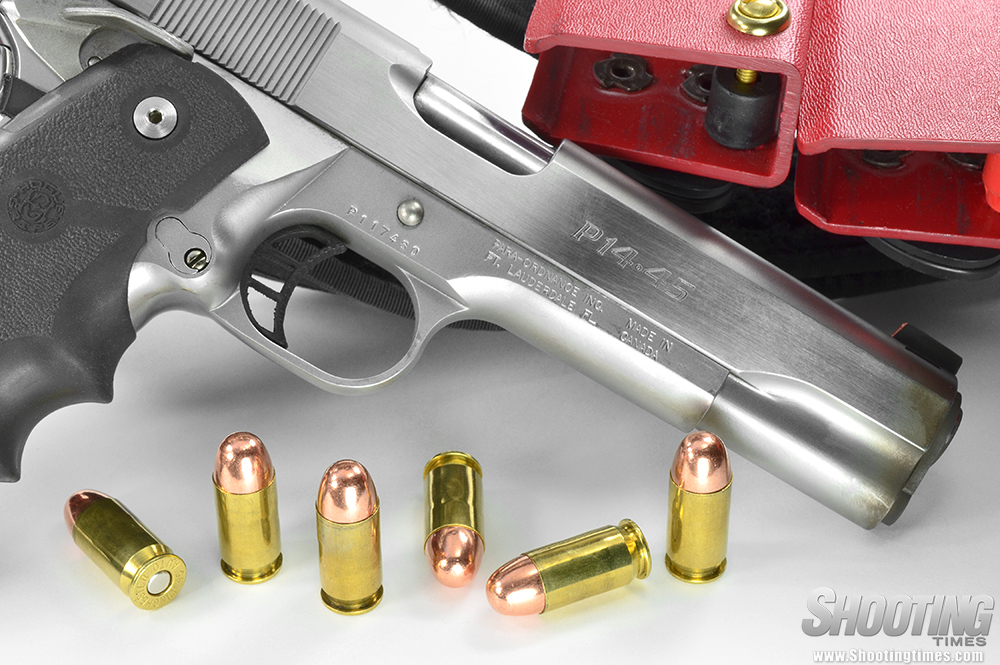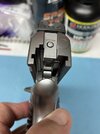JCSC
Member
My progression with loading 45 ACP 1911 was starting out with pc lead and FMJ 230 gr with either HP38 or tightgroup. My wife didn’t care for the 230 gr snap, so I switched to a 200 gr plated SWC and a 200 gr plated RN. After fine tuning I am very pleased with the recoil impulse from the lighter loads. )4.7gr HP38 YMMV)
Would I expect to see a similar result going from 200-185? I have standardized with HP38/Win 231 not that it should matter much.
In my loading experience with 9MM it always felt as if the lighter 115 gr had more recoil than 124’s. That doesn’t seem to be the case with 45.
Would I expect to see a similar result going from 200-185? I have standardized with HP38/Win 231 not that it should matter much.
In my loading experience with 9MM it always felt as if the lighter 115 gr had more recoil than 124’s. That doesn’t seem to be the case with 45.



